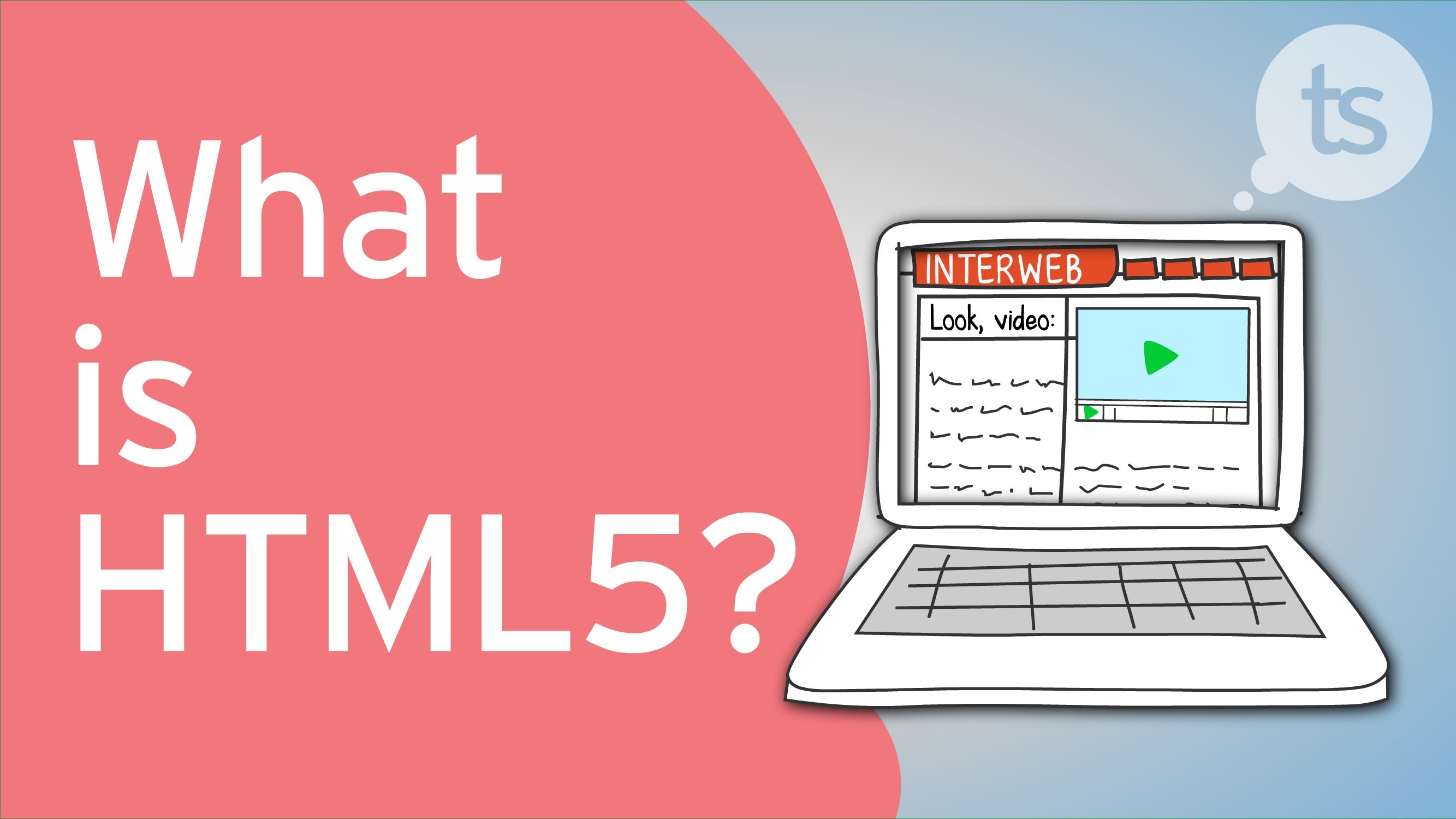
Who? What? When? Why? A short history of HTML5
History sections in computer books usually annoy us. You don’t need to know about ARPANET or the history of HTTP to understand how to write a new language
Nevertheless, it’s useful to understand how HTML5 came about, because it will help you understand why some aspects of HTML5 are as they are, and hopefully preempt (or at least soothe) some of those “WTF? Why did they design it like that?” moments
How HTML5 nearly never was
In 1998, the W3C decided that they would not continue to evolve HTML The future, they believed (and so did your authors) was XML. So they froze HTML at version 4.01 and released a specification called XHTML 1.0, which was an XML version of HTML that required XML syntax rules such as quoting attributes, closing some tags while self-closing others, and the like. Two flavors were developed (well, actually three, if you care about HTML Frames, but we hope you don’t because they’re gone from HTML5). XHTML Transitional was designed to help people move to the gold standard of XHTML Strict.
This was all tickety-boo-it encouraged a generation of developers (or at least the professional-standard developers) to think about valid, well-structured code. However, work then began on a specification called XHTML 2.0, which was a revolutionary change to the language; in the sense that it broke backwards-compatibility in the cause of becoming much more logical and better-designed.
A small group at Opera, however, was not convinced that XML was the future for all web authors. Those individuals began
extracurricular work on a proof-of-concept specification that extended HTML forms without breaking backward-compatibility That spec eventually became Web Forms 2.0, and was subsequently folded into the HTML5 spec. They were quickly joined by individuals from Mozilla and this group, led by lan “Hixie” Hickson of Opera, continued working on the specification privately with Apple “cheering from the sidelines” in a small group that called itself the WHATWG (Web Hypertext Application Technology Working Group, www.whatwg.org). You can see this genesis still in the copyright notice on the WHATWG version of the spec”© Copyright 2004-2011 Apple Computer, Inc., Mozilla Foundation, and Opera Software ASA (note that you are licensed to use, reproduce, and create derivative works)”.
Hickson moved to Google, where he continued to work full-time as editor of HTML5 (then called Web Applications 1.0).
In 2006 the W3C decided that they had perhaps been overly optimistic in expecting the world to move to XML (and, by extension, XHTML 2.0): “It is necessary to evolve HTML incrementally. The attempt to get the world to switch to XML, including quotes around attribute values and slashes in empty tags and namespaces, all at once didn’t work,” said Tim Berners-Lee.
The resurrected HTML Working Group voted to use the WHAT WG’s Web Applications spec as the basis for the new version of HTML, and thus began a curious process whereby the same spec was developed simultaneously by the W3C (co-chaired by Sam Ruby of IBM and Chris Wilson of Microsoft, and later by Ruby, Paul Cotton of Microsoft, and Maciej Stachowiak of Apple),and the WHATWG, under the continued editorship of Hickson.
![Five Programming Languages For Software Development [2020]](https://www.techietalks.online/wp-content/uploads/2019/09/Five-Programming-Languages-For-Software-Development-2020.png)
